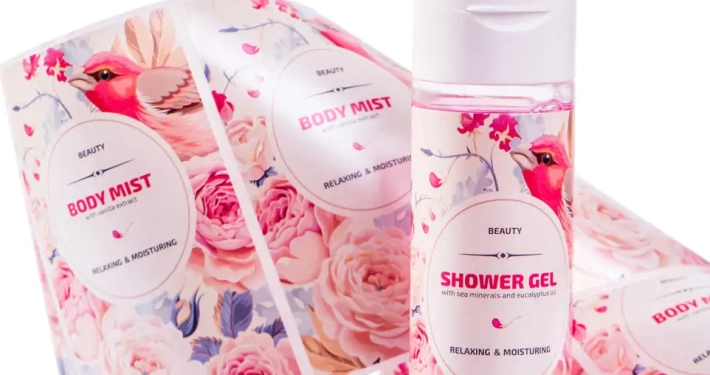Legal regulations as well as contractual rules related to the design of eco-packaging and packaging systems indicate that in this respect:
– the materials and structural forms of packaging should be selected in such a way that they do not constitute an obstacle to recycling
– a limited amount of packaging materials i.e. PE, PP, PET, PS, PVC should be used in the food, cosmetic and household chemistry industries
– excessive decoration should be avoided
– full colouring and dark colours should be avoided
– raw materials should be used to achieve closed-loop recycling
– the possibility of using recycled materials should be taken into account
– available collection and sorting systems and recycling technologies should be considered.
It should be noted that packaging made of valuable and, as far as possible, homogeneous material and packaging where no additional elements in the form of, for instance, labels or caps hamper reprocessing, are the easiest to recycle. As far as market trends in the field of environmentally friendly packaging are concerned, the manufacturers of the cosmetics industry are primarily looking for:
– certified packaging solutions, derived from responsible sources (e.g. from controlled plantations), from renewable sources, from recycling, with recycled content, lighter and “reduced”, as well as biosimilar and biodegradable.
Green labeling solutions
One of the components of cosmetic packaging is its label. Label manufacturers, in order to meet the expectations, include in their offer label materials, conducive to eco-design of cosmetic packaging. These include, among others, self-adhesive materials:
– supporting the reuse of packaging
– reduced
– supporting recycling
– with recycled content
– from renewable sources.
Materials supporting packaging reuse are those that maximise the recyclability of returnable and disposable glass packaging, thus enabling easy removal of the label during the recycling process and reuse of the packaging. Reduced materials include solutions to increase raw material efficiency without affecting the appearance and speed of label application. Reduced solutions make it possible to wind twice as many labels with an increase in the diameter of the roll of only 10%. Label materials supporting packaging recycling can be divided into two categories: the first one maximises the possibility of obtaining clean glass cullet or PET regranulate, the second one ensures easy and traceless label removal during the recycling process. Label solutions with recycled content are popular among cosmetics manufacturers. Their main advantage and production target is the fact that they significantly reduce oil, water and energy consumption and play a key role in a closed-loop economy. It is worth noting that the labels produced on self-adhesive materials containing recycled elements, in appearance, emphasise the environmental aspect of the labelled product. Among the most frequently used solutions in this respect, the following should be mentioned:
– polypropylene films, in which the recycled raw material accounts for approximately 20% of the total product (similar aesthetics to standard PP film with slight differences in transparency and whiteness of the material)
– polyethylene films with a 30% addition of recycled bottle regranulate (the aesthetics of the film differs slightly from standard PE film in terms of the homogeneity of the raw material)
– paper materials containing organic residues from citrus fruit, grapes or barley (the aesthetics of the raw material ensures original colours and an organic, “craft” appearance of the label)
– paper materials with a 30% share of recycled fibre (similar aesthetics to standard paper materials), offered in combination with recycled paper backing.
When considering renewable label materials it is worth mentioning that they eliminate or significantly reduce the negative impact of packaging on the environment; they substantially decrease the use of fossil fuels and contribute to the reduction of CO2 emissions through the use of plant biomass. The content of organic raw material in such materials is usually between 80% and 93%. Renewable label materials are usually made from sugarcane ethanol, waste from marble extraction and cutting, with the addition of hemp, flax or cotton fibres. There are also solutions that aim at rapid biodegradation (under industrial composting conditions). One of such solutions is, for instance, the use of PLA films, produced from lactic acid by fermentation of corn sugar. The great popularity of the above solutions makes the offer of ecological packaging materials constantly expanding.
New, often innovative solutions aimed at achieving a sustainable packaging economy are emerging every week. Therefore, further developments are to be expected in environmental design and the production of labels and packaging for the cosmetics industry

